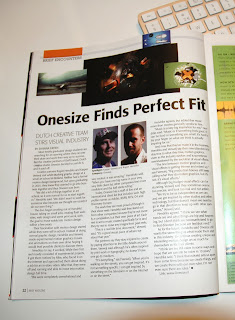Encoding Decoding Model
Media Theorist Stuart Hall, published his research on the Encoding/Decoding Model.
He stated that media studies tends to focus on one of three areas.
- Institution- who produces the text and why.
- Content- the media text itself, we might explore genre, narrative or representation.
- Audience-who the audience are and what impact does the text have on them?
We refer to the institation, the people who produce the text as the encoders. The encoders create the meaning of the media text in the assumption the it will be understood by the audience.
Therefore the audience are the decoders, who take meaning from the text. Any piece of text we read or listen to, we as an audience try to understand what the encoder is trying to communicate with us. However all texts are polysemic; having multiple meanings, so individuals decode texts in many different ways.
Decoding readings:
Dominant reading= This is the preferred reading, where the individual fully understands the texts codes and meaning.
Abberrant reading= The reader is unable to understand the meaning the encoder has tried to make. They don't get the text what-so-ever and there is dissoance between the cultural assumptions by the encoder and the cultural context of the decoder.
Oppositional reading= The reader understands the dominant meaning from the text but does not share the texts code's and rejects the reading. This is because they are in a social situation that puts them in the direct opposition to the dominant code that the encoder is trying to portray.
Negotiated reading= This type of reading is where the individual partly shares the text's code and accepts the dominant meaning, but sometimes resists it in a way that reflects their own positions, experiences and their interests.
To ensure the encoders get a dominant reading the encoders need to talk to their audience in an apporiate way; which is called the Mode of Adress. The institution will generally make assumptions on the decoders interest, knowledge and cultural views to try and anchor the meaning of the text.
The assumed language and points of reference an encoder uses to connect with an assumed target audience is known as the ‘Public Idiom.’
Whilst researching music videos and ideas for my own production, I have to take into account the audience I will be displaying my music video for. In doing this, being the encoder I will have to make an assumption on what they will be looking for in order for them to get the correct reading from my text.
Once having chosen my target audience and genre type of my particular song, i will have to reseach particular codes and conventions in which the target audience will produce a dominant reading for, thus making it a popular music video.













